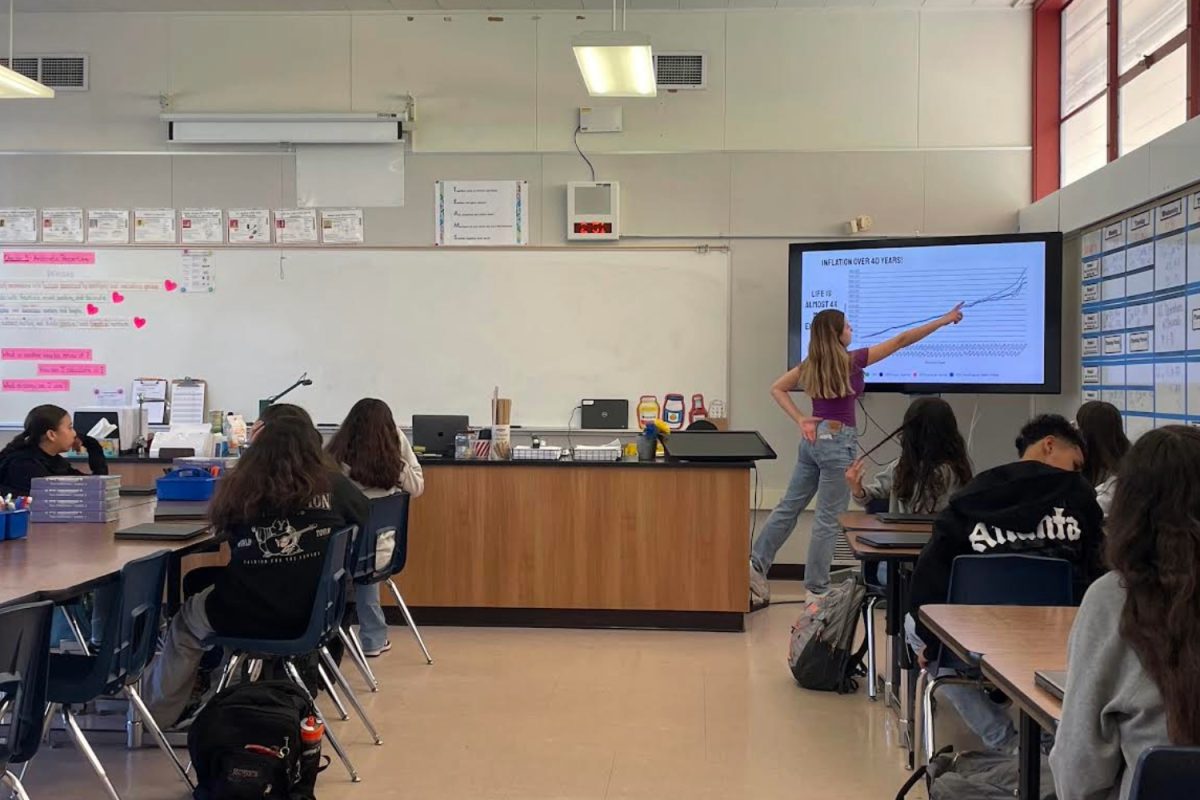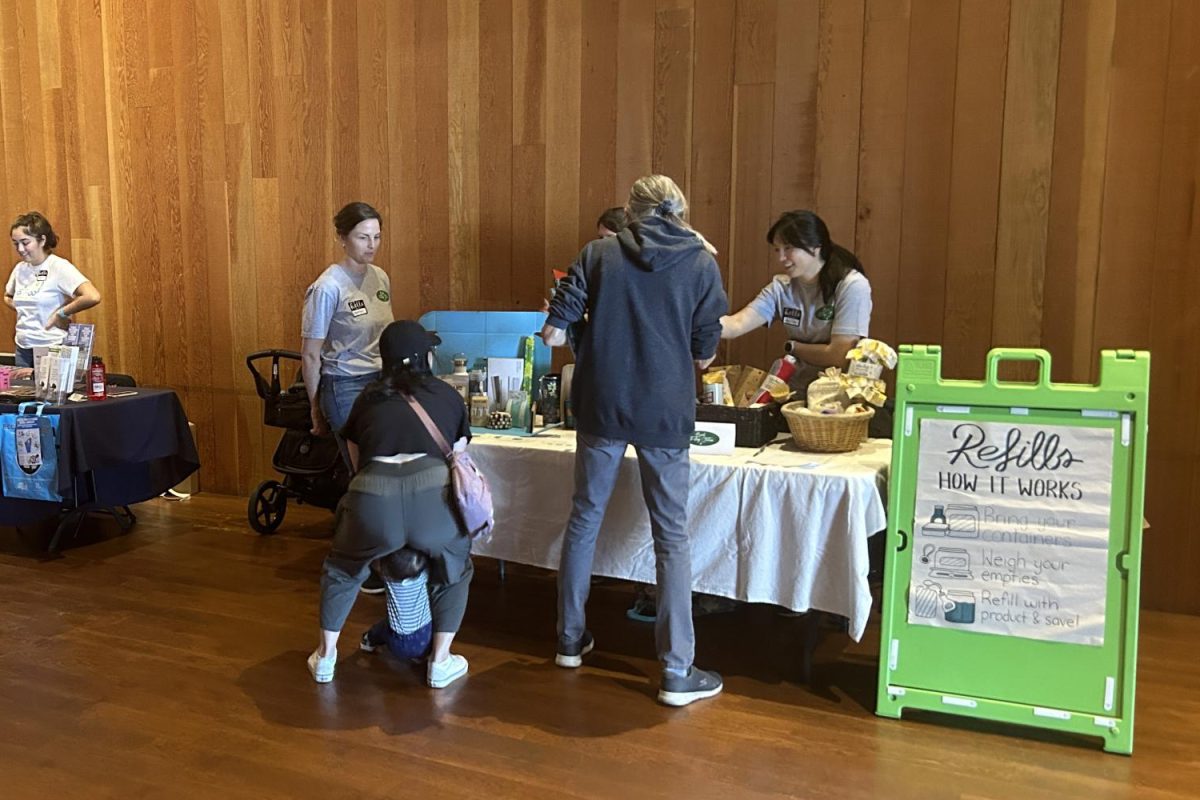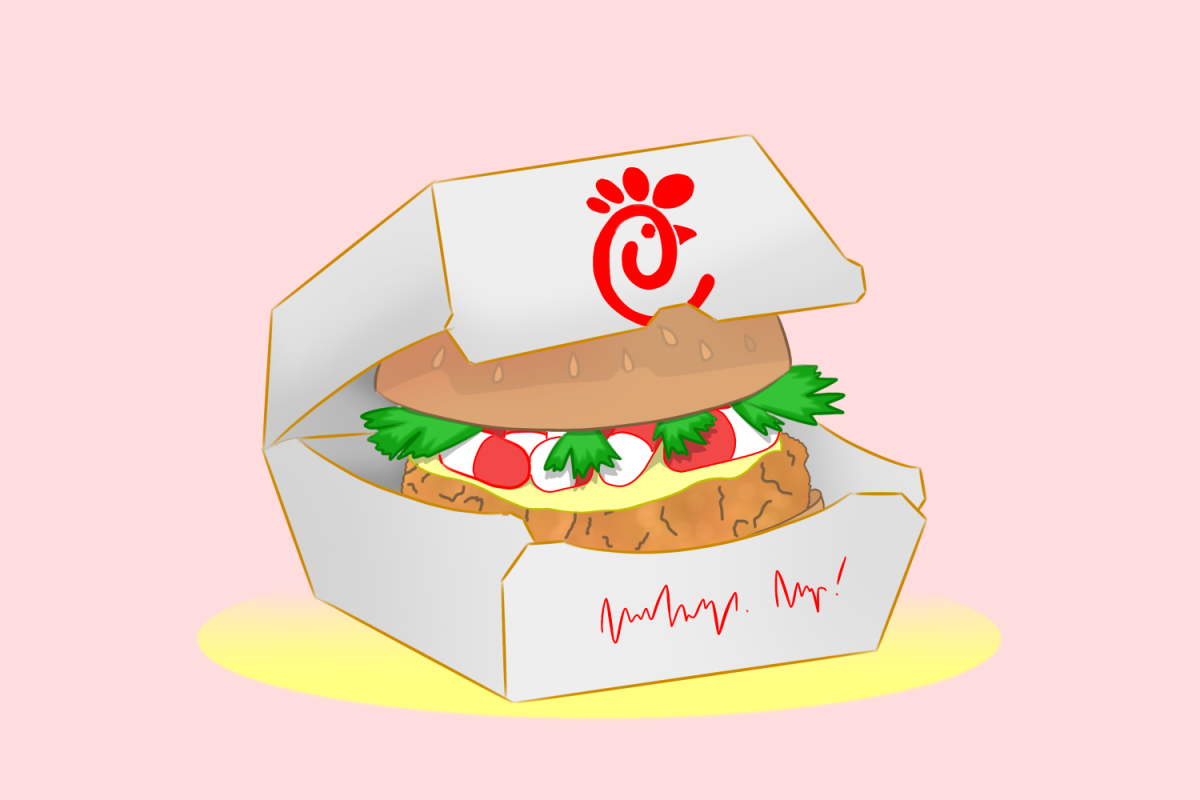
A molecular design breakthrough is revolutionizing the blue-type organic light-emitting diodes (OLEDs), marking a significant advancement in display technology.
Blue OLEDs play a vital role in display technology, providing the vibrant blue light necessary for lifelike color reproduction in various devices, from smartphones to large-scale displays.
Before the innovation of OLEDs, a significant breakthrough in lighting technology occurred with the invention of the blue LED by Shuji Nakamura and his colleagues in the early 1990s. This innovation was so transformative that it earned them the Nobel Prize in Physics in 2014.
“The invention of blue LEDs was a turning point in display technology, leading to thinner and larger TV screens, phones, and gaming devices,” said Suresh Naik, an electrical engineer. “The invention of LEDs triggered a revolution, and the sheer scale is proof of this.”
Based on the LEDs’ foundation, OLED technology emerged as a more flexible and efficient way to create light and display images. Unlike LEDs, curated from inorganic materials, OLEDs stem from organic compounds that emit light in response to an electric current. This difference allows for thinner, more flexible displays with higher contrast ratios and wider viewing angles.
One of the latest breakthroughs in OLED technology involves something called “hyperfluorescent OLEDs,” specifically those that emit deep blue light. These hyperfluorescent light sources are colloquially referred to as the 4th-gen OLEDs.
“Research and advancements in lighting and displays are fascinating. This field unites physicists, chemists, various engineering disciplines, and multi-billion dollar corporations,” said Vidur Garg, an electrical engineer.
However, creating stable and efficient blue OLEDs has been a long-standing challenge primarily due to the rapid degradation of blue-emitting materials. Researchers have been facing what’s known as the blue OLED problem for over two decades.
The materials used to make these lights break down quickly, causing the blue light to fade fast. It’s like having a flashlight that dims too soon. Now, there’s a process called “Dexter transfer” that’s a bit of a troublemaker here. Think of it as a sneaky thief that steals energy from the blue light. This theft makes the blue light less bright and causes it to fade quickly.
But don’t worry, scientists have found a way to catch this thief. They use a technique called “covalent encapsulation.” It’s like wrapping the important parts, the molecules of the blue light in a protective insulating layer. This layer acts like a security guard, stopping the Dexter transfer from stealing energy. This method improves the efficiency and stability of these devices.
Researchers have achieved a remarkable milestone by suppressing Dexter transfer through covalent encapsulation, a 21.5% external quantum efficiency in blue OLEDs. This breakthrough propels blue OLED technology forward and promises more efficient and reliable displays, simplifying production processes and reducing energy consumption.
“As a student passionate about tech, this leap in blue OLEDs feels like a sneak peek into tomorrow’s gadgets. It’s awesome seeing how science can push the boundaries, opening up new avenues for cooler, more eco-friendly displays,” said Nathan Fratkin, a sophomore at Carlmont High School.











